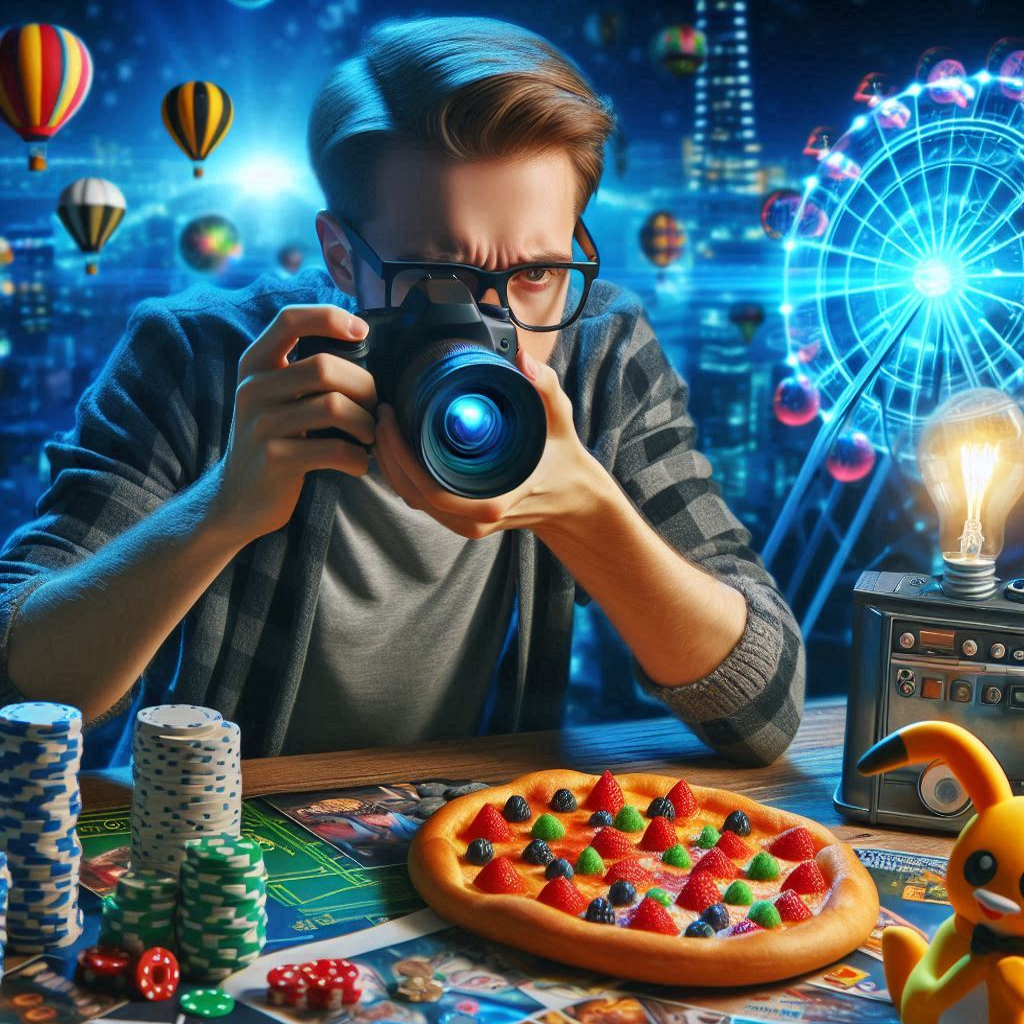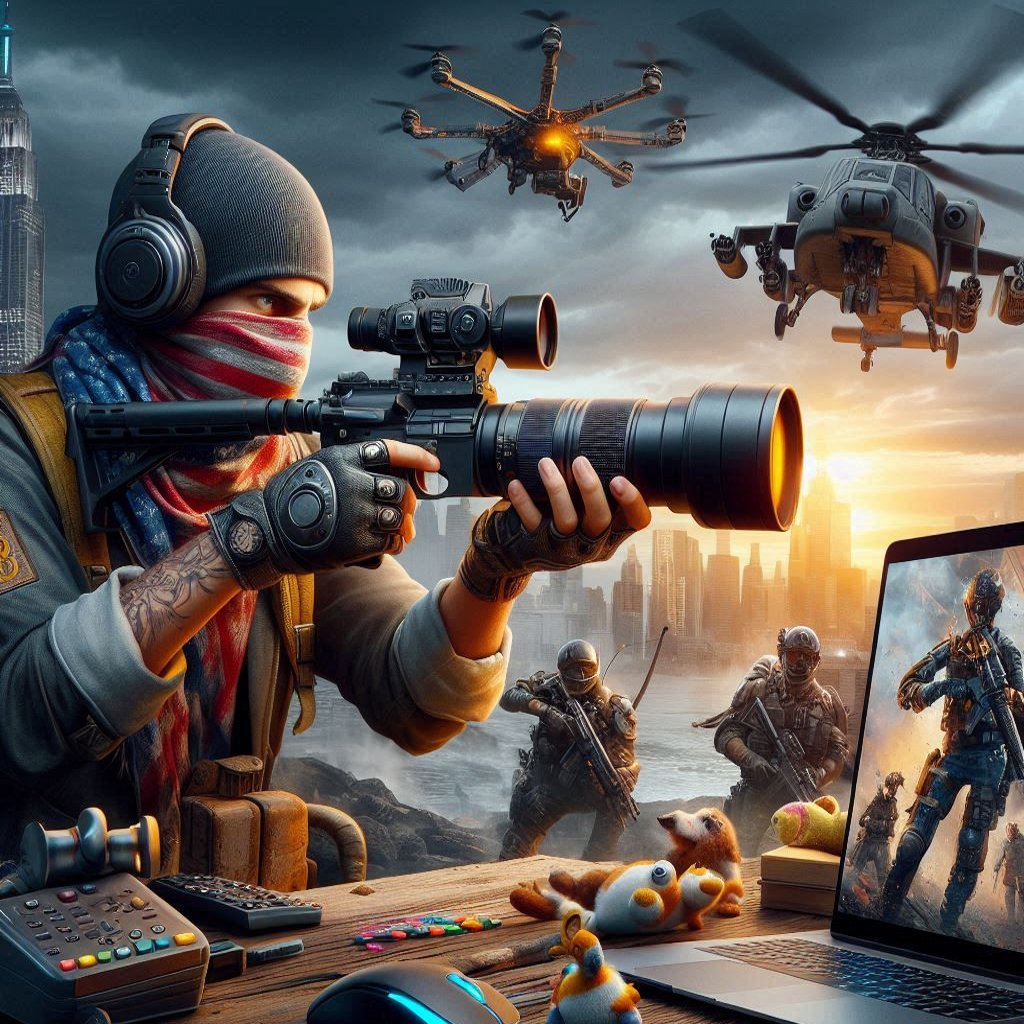In today’s world of video games, a big part of how players have fun includes buying things inside the games. These are called in-game purchases. Some people think this is like gambling because players often spend real money for things that do not always give them what they want. Understanding this change is important for players, parents, and the game makers.
In-game purchases can be things like new clothes for characters, special powers, or even extra levels. While some players enjoy these options, others worry that it can lead to spending too much money and bad habits. This is why understanding player behavior is key. Players who often buy these items can feel like they have to keep spending more to stay competitive or have fun.
Now, let’s look at some important terms related to this topic:
In-game purchases: Items or content that players can buy with real money while playing a game.
Gambling: Playing games of chance for money; it’s like betting on something uncertain.
Player behavior: The way players act and make decisions while playing games, including spending money.
Microtransactions: Small purchases in a game that can add up to a lot if a player makes many transactions.
In conclusion, in-game purchases are changing the way players enjoy video games. While they add fun and excitement, they also raise questions about money and player habits. It is important for everyone to understand the effects of these purchases on gaming and how they can influence player behavior over time.
In recent years, gambling and in-game purchases have become significant elements in modern video games, affecting player behavior and the overall gaming experience. This phenomenon has raised various concerns, from emotional and financial consequences to ethical questions surrounding game design. In this article, we will explore these issues in depth and provide possible solutions while explaining the key terms involved.
Understanding In-Game Purchases
In-game purchases are transactions where players spend real money to buy virtual goods or benefits within a game. These can range from cosmetic items, such as character skins, to game-enhancing abilities that may provide advantages over others.
- Microtransactions: Small purchases made within a game, often amounting to just a few dollars. They can accumulate quickly and lead to significant spending over time.
- Loot Boxes: Virtual items that players can buy or earn in-game, which contain random rewards. They are often compared to gambling since their outcome is uncertain.
- Premium Currency: A special currency players acquire with real money, used to purchase items in the game that are not available through standard gameplay.
The Psychology of Gambling in Games
Game designers often use methods that tap into psychological triggers to encourage spending. These techniques can lead to compulsive behaviors similar to those seen in traditional gambling. For example, the thrill of chance involved in loot boxes can create a gambling-like experience.
“The mechanics of loot boxes engage players in a cycle that can resemble gambling behavior, where the promise of rewards can lead to repeated spending.” – Industry Expert
Effects on Players
With in-game purchases becoming ingrained in gaming culture, they can have several effects on players:
- Emotional Impact: Many players experience excitement when acquiring items, but over time, it can lead to frustration and disappointment, especially when spending does not yield desired rewards.
- Financial Consequences: Players, especially younger ones, may not fully understand the financial risks involved with repeated spending, leading to overspending and potential debt.
- Behavioral Changes: The presence of these purchasing options can change how players engage with games, often leading them to prioritize spending over skill development.
Industry Response and Solutions
As concerns about gambling-like elements in gaming have grown, the industry has begun to address these issues. Here are some potential solutions:
- Regulation: Governments could impose regulations on in-game purchases, especially for minors, ensuring that games do not exploit vulnerable players.
- Transparency: Game developers should clearly explain the odds of receiving specific items from loot boxes to help players make informed decisions.
- Parental Controls: Implementing robust parental controls will empower guardians to manage their children’s spending within games.
“We have a responsibility to ensure our games are fun and fair, prioritizing player well-being above profits.” – Game Developer
Creating a Healthy Gaming Environment
To foster a positive gaming culture, developers, players, and regulators must work together. Here are some actionable steps:
- Encouraging Responsible Spending: Players should be educated about the potential risks of spending and encouraged to set personal limits.
- Fostering Community Awareness: Online communities can play a role in raising awareness about the importance of understanding in-game purchases.
- Promoting Alternative Monetization Models: Developers could explore alternative models that do not rely heavily on in-game purchases, such as one-time purchases or subscription services.
Final Thoughts
The complexities surrounding gambling in video games and player behavior are vast and multifaceted. As the industry continues to evolve, it is critical for all stakeholders to engage in discussions that prioritize player well-being and promote a healthy gaming environment. By addressing these issues comprehensively, we can work towards ensuring gaming remains a positive experience for all.
What are in-game purchases?
In-game purchases are items or services within a video game that players can buy with real money or in-game currency. These can include cosmetic items, additional levels, or power-ups that enhance the gaming experience.
How do in-game purchases influence player behavior?
In-game purchases can lead to a variety of player behaviors, including spending more time in games as players seek to earn enough resources for desired items. They can also create a sense of urgency or competition, encouraging players to make quick decisions about purchases.
Are in-game purchases considered gambling?
While in-game purchases themselves are not gambling, they can incorporate elements of chance, especially in games that include loot boxes. Players may pay for a chance to receive valuable items, which can blur the lines between gaming and gambling for some individuals.
What impact do in-game purchases have on game design?
Game designers often create their games with in-game purchases in mind, balancing free content with purchasable items. This can affect how levels are structured, rewards are given, and overall player engagement is measured.
How can in-game purchases affect a player’s gaming experience?
While in-game purchases can enhance a player’s experience by providing new content and customization options, they can also create frustration if players feel pressure to spend money to keep up with others or to progress through the game.
What are some ethical concerns regarding in-game purchases?
Many ethical concerns arise from in-game purchases, including the potential for exploitation of vulnerable players, particularly young children, who may not understand the financial implications. Additionally, the use of loot boxes has raised questions about their similarity to gambling.
How can players make informed decisions about in-game purchases?
Players can make informed decisions by understanding the game mechanics, setting personal spending limits, and reviewing the value of items before making purchases. This awareness can help mitigate impulsive buying behavior.
What regulations exist around in-game purchases?
Regulations vary by country and often focus on transparency, such as requiring games to disclose the odds of receiving specific items from loot boxes. However, the regulatory landscape is still developing as governments adapt to the changes in gaming economics.
Can parental controls help manage in-game purchases?
Yes, many gaming platforms and devices offer parental control features that allow parents to restrict or monitor in-game purchases. Setting limits on spending can help protect children from accidental or unnecessary purchases.
What is the future of in-game purchases in gaming?
The future of in-game purchases may include more innovative models, such as subscriptions or sustainable monetization strategies that prioritize player satisfaction while still generating revenue. As player feedback shapes industry trends, developers may adapt their approaches accordingly.



